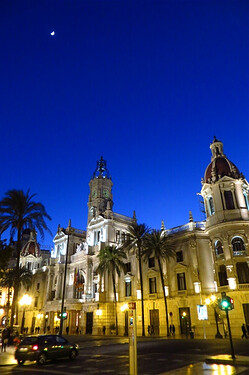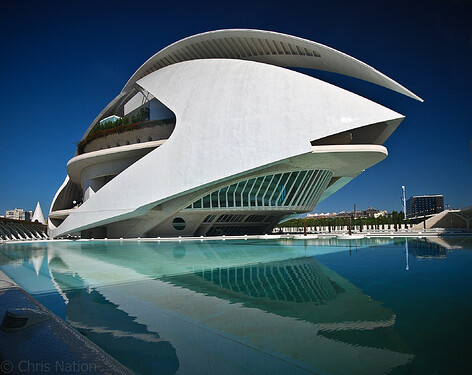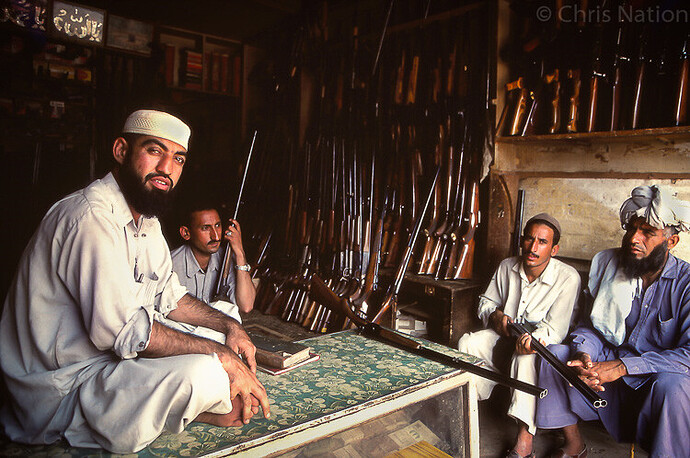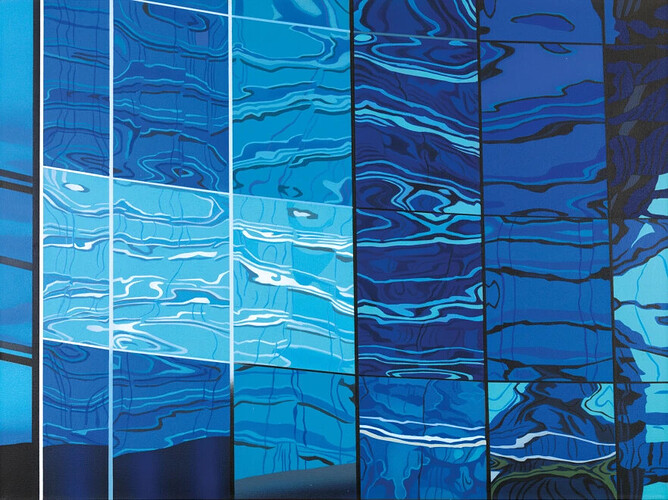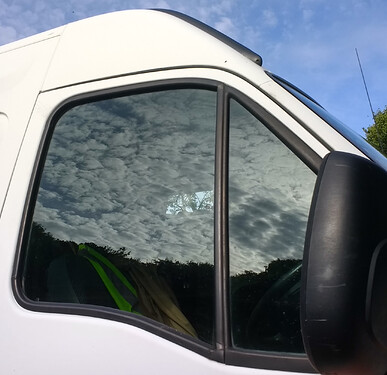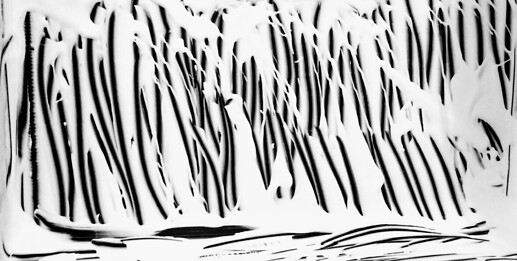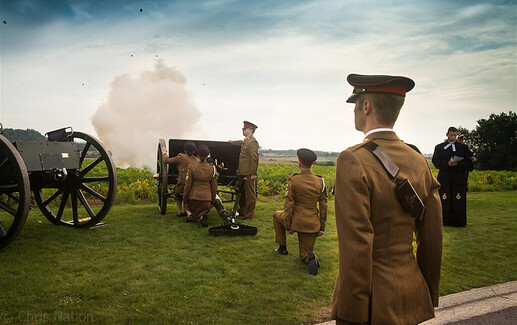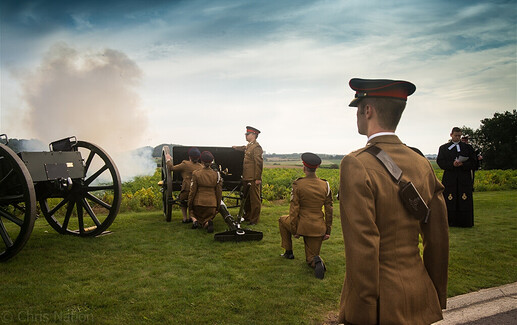The sheer ugliness of the exterior makes the delicacy of the interior all the more unexpected.
If you are referring to my shot of reflections in a glass building N.Y.C. N.Y. the last thing I’d want is for it to be associated with the output [being polite] of the Bechers. It is actually watermarked - see top right - with my name, your very own fellow Survivor.
I remember sitting around with my mates in a studio in London looking at the Becher’s series of pit head photographs, published in some high-brow journal. How we laughed!
Well, of course, it was ART. None of us did ART.
Repeat the same basic image often enough and, if on show in gallery, printed big enough, and a point comes when wise heads will nod and declare it to be ART. One can then charge 200€ for snap.
“I’d just like to see if it’s by Brendan Neiland” Ah so! I looked this guy up. Never heard of him before. No. It’s not by him. It’s by me and - frankly - in N.Y.C. this sort of thing is falling off a log. I kept just this one, as a decent representative of the theme. It’s very easy to overdo it.
Here’s one I did earlier
As a photograph of the Ayuntmiento [City Hall] in Valencia, it has some merit, considering it was taken on my phone while I sat on a bench, waiting for a bus…
This one did actually win photo of the month when submitted to the leading supplier of photo hardware to London’s photo and video professionals. I like to think that, of all the many hundreds of pictures submitted over the year, it was one of just 12 that went onto their calendar for the following year.
For a month, ad agencies, publishers, design houses, the UK distrubuters of Nikon, Canon, Agfa, Fuji et al had my pic on their wall. Come the following Jan, along with the other 11 - in the bin! Not ART, y’see. ![]()
A photographer I worked for, as his assistant, the very wonderful John Claridge, was invited by the head [professor?] of photography at the R.C.A. to speak to his post-grad photo course.
John walked onto the stage, stood behind the lecturn and said, in his East End accent, “My name is John Claridge. I take pictures.” And that was it. As far as he was concerned there was no more to be said. He had to be persuaded to say more.
Another snapper I worked for, ‘Tony Jones’, phoned this head of photgraphy, R.C.A. and asked if any of his students would like to come on a photo-reportage assignment [something that ‘Tony Jones’ was very good at] to Japan. “Oh no! All my students are ARTISTS, you see…”
Now… Bill Brandt…
Spot on Vero.
Interesting place, no? I went on the fortnightly ‘tour bus’ trip there. The US Consulate in Peshawar uesd it as an excuse to get two or three of their C.I.A. ops to keep tabs on the place.
I followed one of them around. When he asked one of the dope dealers what the current price was for Afghani Black, “Is depend how much you want …”
Sorry, replies getting tangled up. Obviously didn’t realise it was one of yours, but below is a typical Neiland painting, so you can see where I was coming from
Maybe Mr Neiland would like to buy this snap, do a painting and pass it off as his own. My fees for photography seem to be woefully low. My fees for not ratting would be enormous!
I do a passable Jackson Pollack, too.
I’m no fan of BN, but he was doing that sort of painting fifty years ago (and IMHO hasn’t developed a great deal in the decades since).
I s’pose, since then there have been millions of photos taken on phones on the theme, by mere tourists, the banality-factor has taken the shine off …
I’m never sure if the phone has been the best or worst thing in the history of photography, perhaps the truth is somewhere in between - the democratiastion and easy dissemination of images versus there being far too many images in circulation that are being consumed faster and faster. OTOH people are now (by and large) able to ‘read’ images more quickly.
If I was to start making art again (I switched to writing about visual culture some time ago) I’d probably use 5x4 ‘slow photography’ (like the slow food movement). I think people were far more careful in the days of film, when most of the work still had to be done in the camera and the darkroom, rather than in Photoshop .
Afgan black… ahh, that brings back some (rather naughty but innocent) memories of my misspent youth and music festivals. Well, they are quite vague memories really.
I visited Pakistani quite a few times in the late nineties, always with a security guard. One visit was with the Minister of the Interior in Lahore in 1997 or 1998, Wiki tells me that it was Chaudhry Shujaat Hussain but I can’t remember. My mission was to sell him an ID card system, God knows why I ended up with the short straw on that one.
It was the idea of the CEO of our local subsidiary, Nisar Memon (who later also became a politician). He has some political reason for pushing it. Pakistan was in my region only because it couldn’t be in the same region as India  and some Exec from head office had to make the call. The Minister was more interested in showing a European business man off (I was steered out through the “in” door) to the Indian ambassador then listening to my proposal.
and some Exec from head office had to make the call. The Minister was more interested in showing a European business man off (I was steered out through the “in” door) to the Indian ambassador then listening to my proposal.
Afterwards I met the Secretary General of the Ministry. There was a hole in my aged leather chair and I don’t think his office had been painted since 1947. It was still the (peeling) two tone cream and green that all UK civil service offices were in my youth (and before).
He said “Mr. Scully, you want us to give ID cards to those living in the Northern Territories, well Mr. Scully, they make their own guns up there”. I made my excuses and left, as they say.
They blew up the hotel I stayed in afterwards. Same happened to a hotel in Mumbai I stayed in. Timing is everything.
Afgan black… ahh indeed! - I was much more the amateur (or innocent abroad)
I set off for Afghanistan in the summer of '73, hitched to Thessaloniki (using a one page map of Europe from my stepfather’s 1972 Economist desk diary) only to learn that there’d been a coup in Kabul and foreigners were unable to enter the country. So, went and lived on a nudist beach for a few weeks, then sold some blood in Athens (as you do!) and bought a Turkish Airlines ticket to Izmir. Only after we’d landed in the middle of a high security alert did we learn that the PLO had machine gunned the Athens departure lounge a few minutes after ourtake-off. Spent the next month drifting around Eastern Turkey and Iran (with a ball of opium in my pocket - five years prior to Midnight Express made the penalties better known) before going back and resuming ‘normal’ life as an art student in Manchester.
Looking back it’s terrifying the multitude of risks that were so casually taken that summer!
Brilliant. By comparison I think the next generation was much more conservative.
Thanks,
Long before Nike, one ‘just did it.’
OTOH if you read any of Paddy Leigh Fermor’s wonderful books, you realise one hadn’t even made the steps to the starting grid…
I had exactly the same idea, Mark. Sloooow photography.
I bought a Wista 5"x4", excellent field camera in cherry wood and brass.
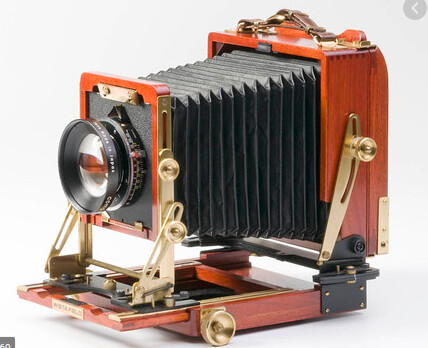
90mm/150mm/210mm lenses and 10-15 ‘Fidelity’ film-holders [Fidelity being the default item]. Light meter - the classic Sekonic, much loved by the movie guys.
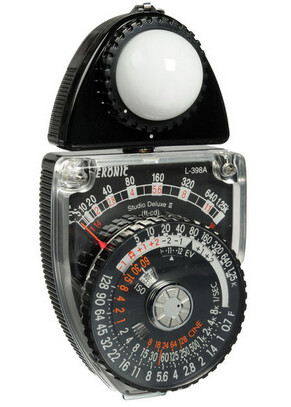
Next, a tripod - no hand-holding this baby. Manfrotto will do if one can’t afford a Gitzo, the pro default make.
A selection of filters, particularly grads and the adapter rings to fit the lenses. Cable release. Other bits that accumulate.
And a bloody great bag to cart it all about in. You don’t set off blithely into the world toting that lot.
I sold the Wista and associated stuff. I sold the Mamiya 645 medium format - a brilliant camera system. I have just sold my Nikon full frame gear.
It has all been replaced by Olympus 4/3rds OM-D 1 : This camera and lenses are [comparatively] minute. And yet I have seen a guy roll out an excellent 2m wide print produced by a 4/3rds camera.
I have done with lugging kilos of hardware about. It gets in the way of taking pictures.
As for slow photography, it’s all in the mind. As is everything about photography.
Having come to digital after 30 years of analogue, I still shoot as if I’m paying for every frame in film and processing. I noted that the shutter count on my Nik D600 - 6000 ‘actuations’ over 7 years - was anything from 1/3 to 1/10 fewer than the same cameras of the same age on sale by people of the digital age. Theirs are set to ‘fast continuous’ and they blast away.
But that doesn’t mean they get the shot.
This is the exact moment that a single round was fired, to the minute, on the 100th anniversary commemoration of the first artillery round fired by the B.E.F. 11:15 22/08/1914
The black dots are the wadding blasted out of the gun.
This, a fraction of a second later, is not.
Exposure 1/200 sec. A motor drive at 200 frames/sec would have got it. At 6fps, probably missed it - certainly no guarantee. Hand to eye co-ordination + leeetle grey cells get the shot.
The saying, “the best camera for you is the one you have with you” is true. It may well be your phone.
I agree to some extent, phones can capture wonderful and/orimportant images, so I wouldn’t dismiss them. OTH the best (ie. most interesting) photographs I’ve taken (or rather directed) in the past year have been with a very high quality drone, operated by a friend who’s a pilot for Emirates.
We, or rather ‘he’ was able fly the camera to just above a weir on the Lot and use a very high shutter speed to freeze the turbulence of the lichens that live in the weir. The resolution is such that I could blow the photos up to a metre acros.s. This sort of photography reveals a world one could not imagine from the distance of the river bank
Incidentally, I 've had my old Gitzo since the 1980s - it’s a big, heavy beast and the castings have twice been successfully mended with epoxy, but I like to think it’s still the best.
Apropos big prints, you don’t necessarily need such high resolution because the print is usually viewed from a much greater distance. However, that said I managed a project, Return of the Silent Traveller in 2005-6 with a Chinese artist, Weng Fen - if you want an explanation of the project it’s at:-
He worked exclusively in 5x4 and his biggest prints were 5 metres wide (300dpi, printed in China). They’ve since been exhibited around the world and a few years ago were selling for $US 35,000.This one’s smaller, about 2m wide, but it’s my favourite - a Chinese family in contemporary Chinese urban dress gaze down on Grasmere - and are completely
incongruous!
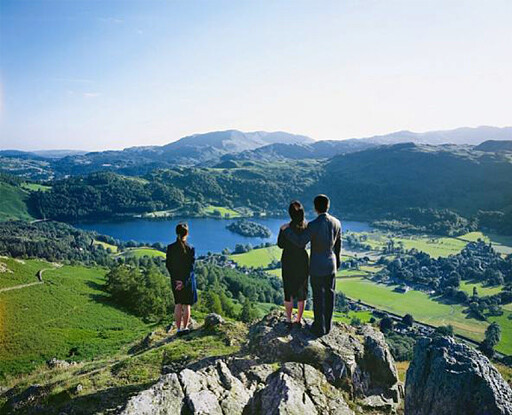
Weng got our gig through his photos of burgeoning new Chines e cities, like this one of Shanghai:-
Unlike ‘traditional’ US cities, skyscrapers are confined to the CBD, in the new China, they stretch to the horizon!
